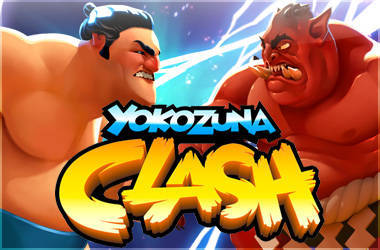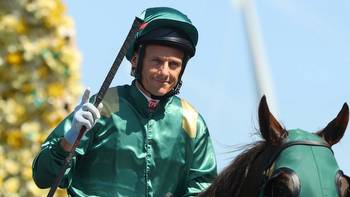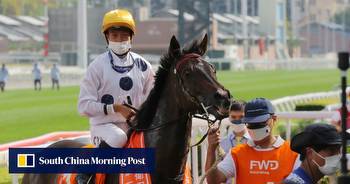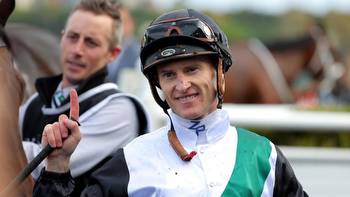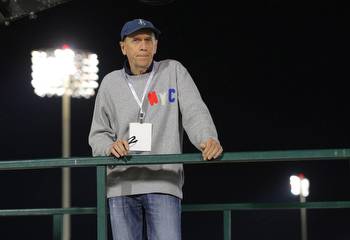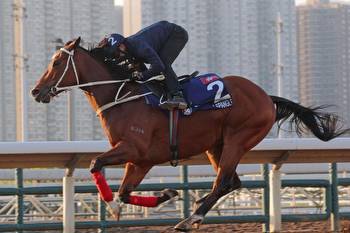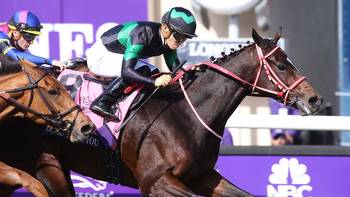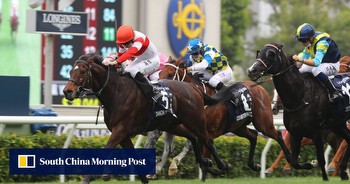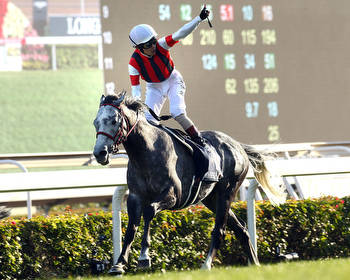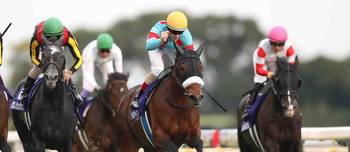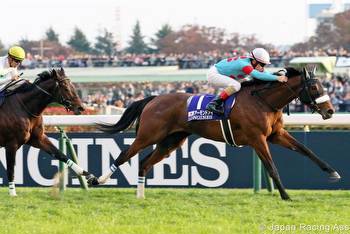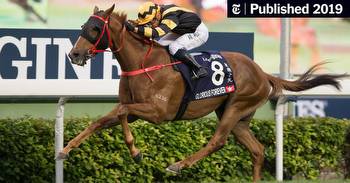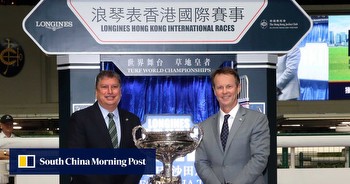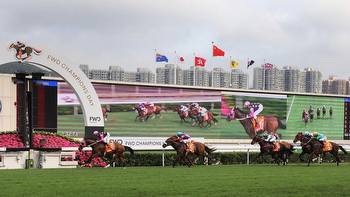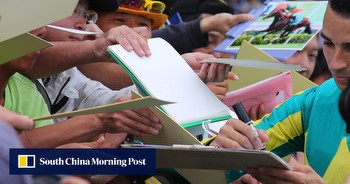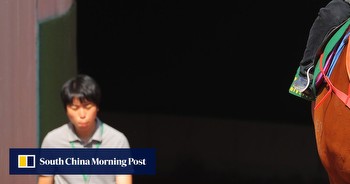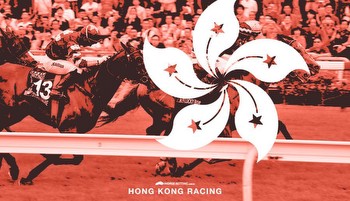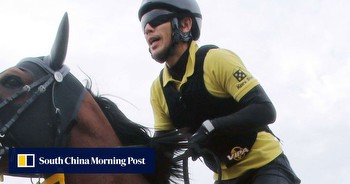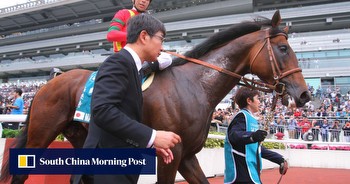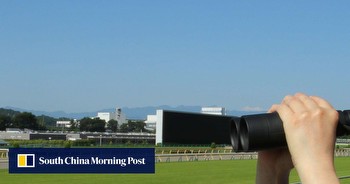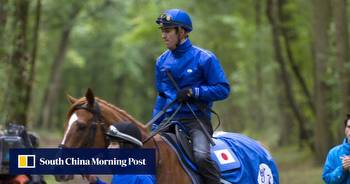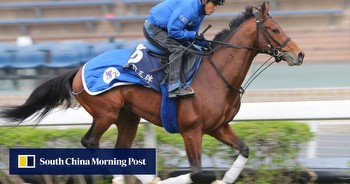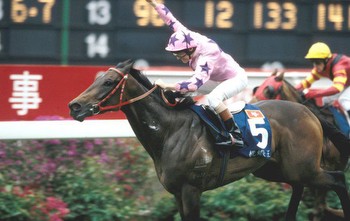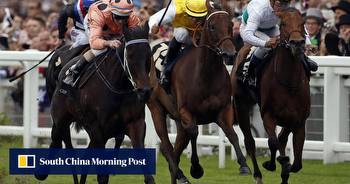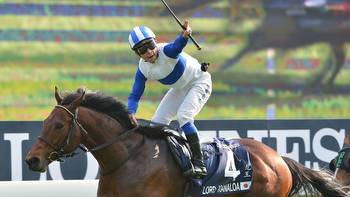‘Is there something wrong with your horse?’ When superpower horse racing cultures clash
Hong Kong and Japan have developed one of racing’s great rivalries and while the two Asian turnover kings share many similarities, they are also contrasting jurisdictions – and nowhere is this culture clash more evident than the way they prepare their horses.
One of the most interesting aspects of Hong Kong horses visiting Japan is the reaction from the voracious local press pack when it comes time for morning trackwork.
Post-workout press conferences draw a healthy crowd of up to a dozen reporters each morning, and most seemed baffled by the visiting trainers’ methods in the lead-up to Sunday’s Yasuda Kinen.
John Size, a regular visitor to Japan for nearly a decade now, still gets bombarded with questions regarding everything from the use of pacifiers (what are those fly-screen, eye-cover things, and what do they do?), to barriers trials (which Japan don’t have) and what, to the local eye, look like incredibly leisurely gallops.
After watching Glorious Days “gallop” in 2013, getting home on the bit at what seemed three-quarter pace to reporters, local media members were stunned, asking Size straight up: “What is wrong with your horse?”
Contentment’s Thursday gallop this week was strong, by Size’s standards, he clocked 12.5 seconds for the last 200m – but compared to the gut-churning uphill gallops on deep wood chip that Japanese horses are subjected to in the lead-up to races, it was nothing.
On Thursday, it was Tony Cruz’s turn to freak everybody out when Beauty Only bounced out of the barriers in the back straight and set off at a race-like speed, only to slow to a walk before he had even reached the furlong marker.
It was hardly the type of pre-race torture test the Japanese media are used to, but this type of jump-out is commonly used by Cruz to tune up his horses in the lead-up to racedays.
“It’s the icing on the cake,” Cruz said as he tried to assure reporters that there was nothing wrong with his horse’s barrier manners.
“I give horses a jump-out, that would tune them up for a big race, Bullish Luck did the same thing,” he continued, basically pleading with a bunch of reporters that didn’t look convinced at all.
This bemusement at trackwork methodology isn’t one-way traffic though and when Japan visits Sha Tin, the differences in style are perhaps even more evident.
In the lead-up to the Audemars Piguet QE II Cup, it was Japanese technology stealing the show, when the trackwork rider of Neorealism looked more like Neo from the Matrix with his futuristic goggles.
The eyewear featured displays that allowed the rider to see sectional times and monitor the heart rate of his horse, live.
Speaking of flashy eyewear, even the Japanese horses have been getting involved in the lead-up to this year’s Yasuda Kinen, with leading hope Isla Bonita wearing a pair of frames that would make Dame Edna Everage blush.
Actually, it is just a dirt guard to stop kick back getting in the horse’s eyes, but it’s certainly a different look, and the Japanese don’t mind doing things differently – so long as it is effective.
The sight of three Japanese stablemates galloping together, under hard riding on the Sha Tin dirt a few days out from the race a few years back was a sight to behold. Yet what made it truly remarkable that each was one aimed at a different race over a wide range of distances, with a 1,600m, 2,000m and 2,400m horse all going flat-out.
That was nothing compared to the stunning work produced by Japanese sprint star Lord Kanaloa, whose pre-race gallops are almost as famous among hardcore fans as his two Hong Kong Sprint wins in 2012 and 2013.
When Lord Kanaloa barrelled up the straight, breaking the sound barrier three days out from the first of his dominant sprint victories, Sha Tin’s clockers were gobsmacked.
Yet when he did it again, just over 24 hours out from the race, well, that was just crazy.
Conventional thinking says, or at least more modern thinking suggests, that these types of gallops leave the best of a horse on the training track, saving nothing for raceday.
Lord Kanaloa proved them wrong and 12 months later trackwork watchers knew just to get a good spot on the fence, and then sit back enjoy the show, rather than questioning the sanity of trainer Takayuki Yasuda.
This time, Lord Kanaloa scorched the turf in one of the great pre-race gallops, stopping the clock at 10.3 seconds for his final furlong.
It’s the polar opposite of how Size operates, always slow and steady, and his horses rarely off the bit.
Then there are horses’ weights, something that most Hong Kong punters don’t give more than a cursory glance, but can swing markets wildly in Japan.
So when they haven’t been worrying about Beauty Only’s topsy-turvy gallops, the Japanese media have been absolutely obsessed with bodyweights.
Japanese punters place great importance on bodyweight as a key indicator of health and fitness, and as such each horse is weighed twice in the lead-up, once on Thursday and then on raceday, with bodyweights again released to public an hour before the race.
The publication of the figures can cause markets to move as form students rush to make adjustments.
Contentment’s weight was done nearly 50 pounds last year and he ran accordingly, and as such the vast majority of questions to trainers and stable spokespeople have been about how horses have been eating.
And what the Hong Kong and Japanese horses eat? The media don’t go that deep, but judging from trackwork styles, it’s sure to be different.
